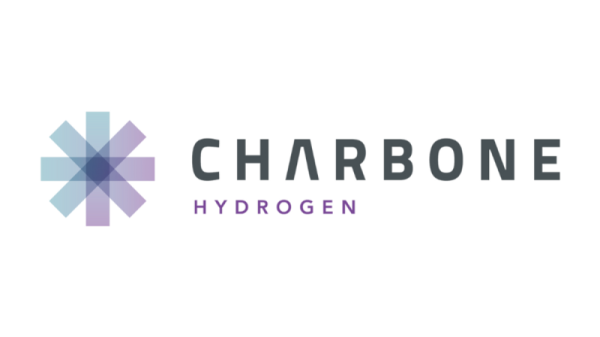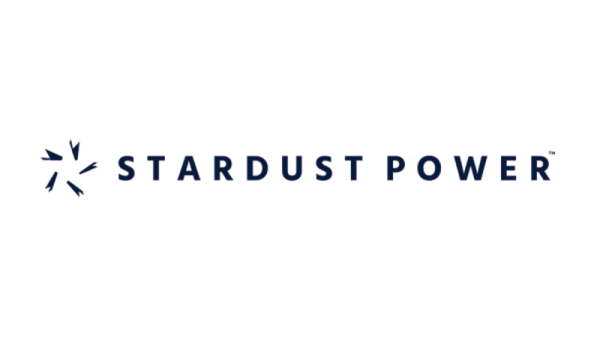The world’s population is increasing rapidly and is expected to reach over 9.7 billion by 2050.
This situation is creating positive fundamentals for the agricultural sector, including the potash market. A larger population means much higher amounts of food will be needed; however, with more people will come further urbanization and less farmland with which to work, meaning farmers will have no choice but to increase crop yields.
That’s where fertilizers like potash come in. Potash fertilizer not only provides essential nutrients to food, but also improves water retention in plants and strengthens their roots and stems. It also has a role to play in the burgeoning cannabis industry.
Unsurprisingly, many investors are wondering what potash is and how they can gain exposure to the potash market. Read on to find out more about potash investing, and whether it may fit into your portfolio.
What is potash?
First, it’s important to understand what potash is: an alkaline potassium compound that is most commonly used in fertilizers. All in all, 95 percent of the world’s potash supply is used to grow food.
The term ‘potash’ refers to potassium compounds and potassium-bearing materials. It includes potassium chloride, which is a salt-like mineral that is naturally white or colorless, but sometimes takes on a pink or red color due to impurities such as clay.
Most potash comes from salt left over from ancient evaporated seas that lie underground. There are two different types of potash: sulfate of potash (SOP) and muriate of potash (MOP).
SOP is used on high-value crops, such as a variety of fruits and vegetables, nuts, tea, coffee and tobacco, and is seen as premium quality. MOP is more common, and is typically used on vegetables such as sugar beets, celery and Swiss chard.
What factors impact potash supply and demand?
According to the US Geological Survey’s latest data on potash, global output came in at 39 million metric tons (MT) in 2023 and consumption sat at 37.1 million MT. The potash sector is suffering from oversupply, and that has created lower prices and put pressure on potash producers.
Canada stands out as the top potash-producing country with output of 13 million MT in 2023, the vast majority of which was from the province of Saskatchewan. Russia was the second largest producer last year, with potash output of 6.5 million MT. China came in at a close third place, with production totaling 6 million MT of potash.
Once the third largest producer, Belarus’ potash output has fallen significantly in the last two years, and it ranked at fourth place in 2023 with production of 3.8 million MT. Russia’s war in Ukraine and its use of Belarus as a staging ground have led to export sanctions on the two countries, which prior to 2022 accounted for a combined 40 percent of global potash supply. Today, that figure is closer to 26 percent.
The potash market has faced volatility in recent years, but analysts are looking for prices to stabilize in 2024 despite the potential for more geopolitical upsets.
In addition to the Russia-Ukraine war, attacks by Houthi rebels in Yemen on merchant ships in the Red Sea are also weighing on the potash market as the Suez Canal accounts for 7 percent of global potash shipments and 5 percent of phosphate rock shipments.
Research and Markets expects the world’s potash demand to grow at a compound annual growth rate (CAGR) of 3.2 percent between 2024 and 2029. The value of the global potash market is forecast to see a CAGR of 5 percent to reach US$38.44 over the same period.
How to start investing in potash?
Given the encouraging outlook for the potash industry, many investors are interested in entering the space.
One popular way to do so is by investing in potash stocks. There are many companies to consider, so it’s important to do your research. Investors often choose to begin with large producers — in the potash sector, some of the biggest players are Nutrien (TSX:NTR,NYSE:NTR), Mosaic (NYSE:MOS) and K+S (OTCQX:KPLUF,ETR:SDF).
Our lists of potash companies on the TSX and TSXV, as well as on the ASX, are also good places to start. And for more on potash in Australia, check out How to Invest in Agriculture in Australia.
Those who want more broad exposure may want to buy shares of an exchange-traded fund that includes potash companies. Examples include the VanEck Agribusiness ETF (ARCA:MOO) and iShares MCSI Agriculture Producers ETF (ARCA:VEGI).
Securities Disclosure: I, Melissa Pistilli, hold no direct investment interest in any company mentioned in this article.







































